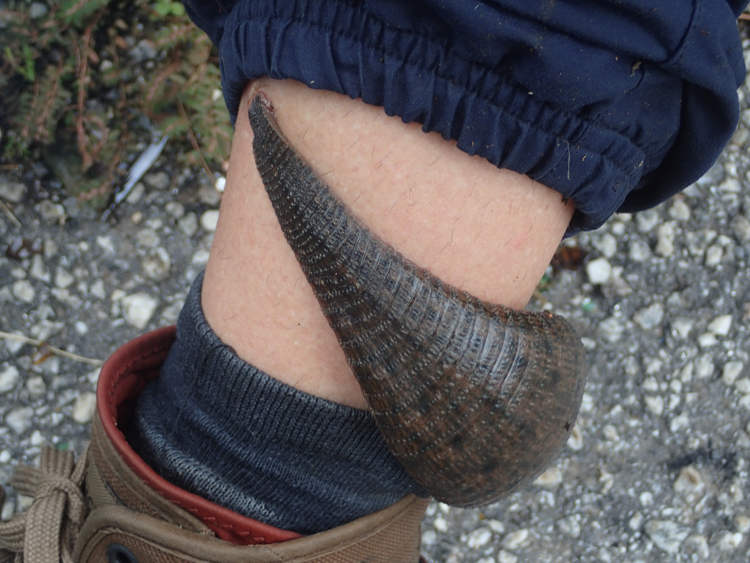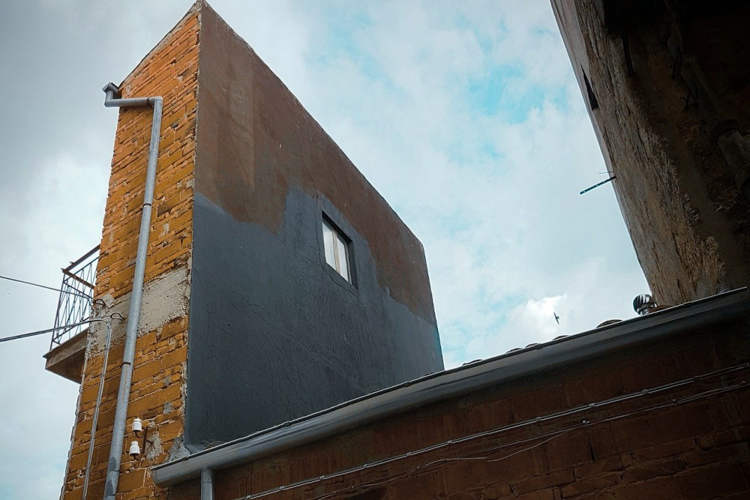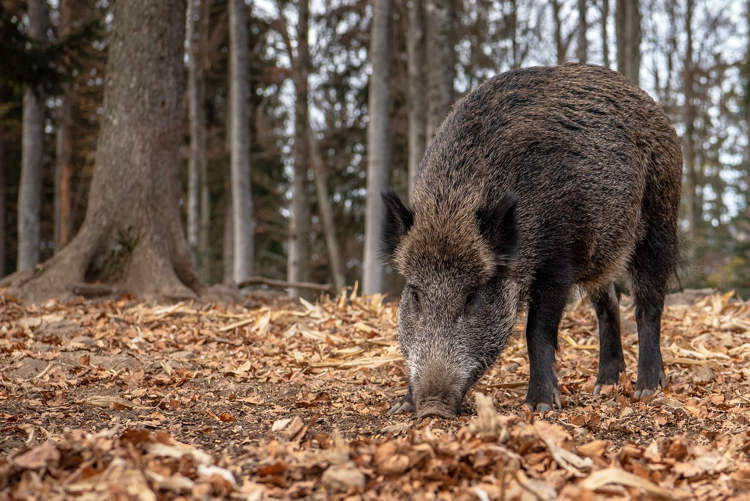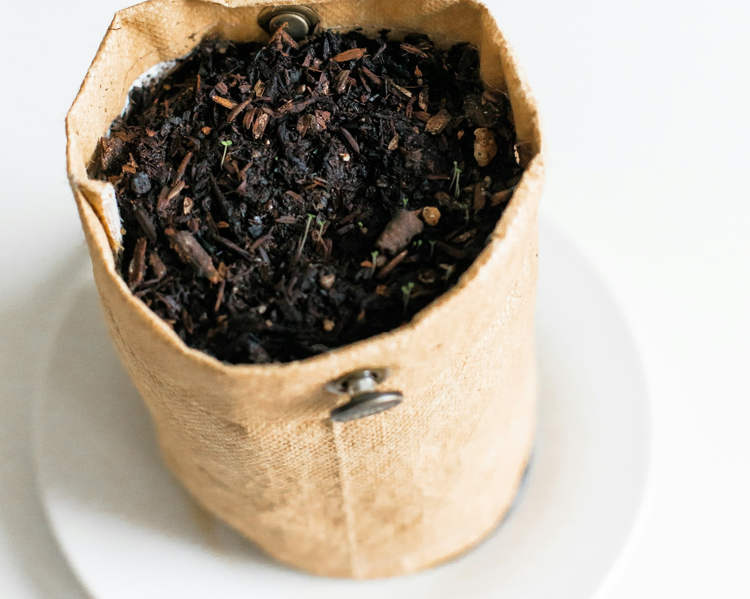K. Padmarajan has been dubbed the “Election King” and the “World’s Biggest Election Loser” after participating in 238 political elections and losing every single time.
K. Padmarajan’s story is one of perseverance. The 65-year-old repairman from the Indian state of Tamil Nadu has participated in hundreds of elections over the past three decades and spent thousands of dollars on registration fees. The closest he has ever come to winning an election was in 2011 when he ran for the general assembly in the town of Mettur and got 6,273 votes. He was way behind the winner – he got over 75,000 votes – but it gave him hope that he could one day win. That day is yet to come, but Padmarajan recently pointed out that winning is the secondary goal. Resilience and accepting defeat are key and no one is better at it than him.





















